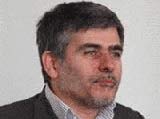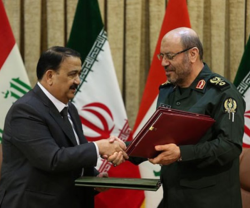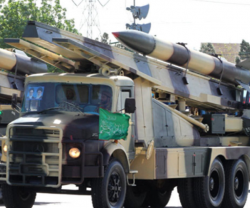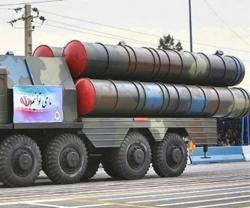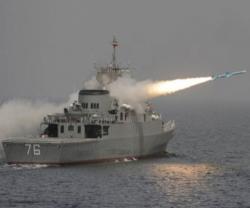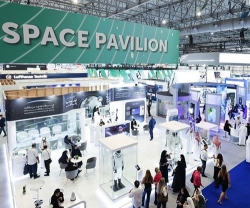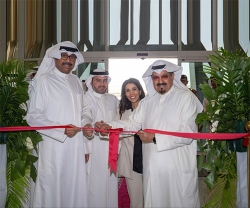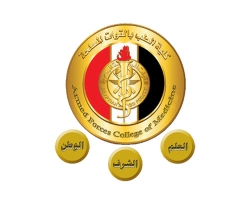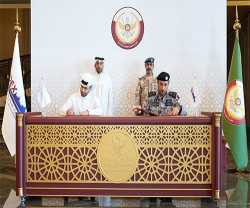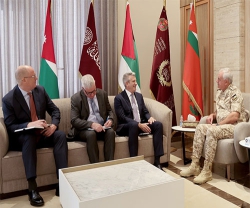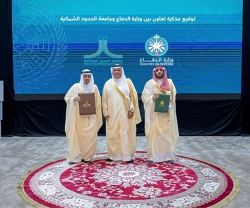“We will transfer the 20% enrichment from Natanz to the Fordo site this year, under the supervision of the International Atomic Energy Agency,” Fereydoon Abbasi Davani was quoted as saying by state television’s website yesterday.
“We will also triple the production capacity. The 20% enrichment will not be stopped at Natanz until the production level is 3 times higher than its current rate,” he said. Iran’s uranium enrichment work is currently undertaken in the Natanz nuclear facility, visited regularly by international nuclear inspectors.
The announcement brought immediate condemnation from France, with a foreign ministry spokesman terming Iran’s plans a “provocation” and accusing Tehran of repeated violations of international law. “The announcement is a provocation. It heightens the existing concerns of the international community over the intransigence of the Iranian regime and its constant breaches of international law,” said Bernard Valero.
The Fordo plant was built secretly deep inside a mountain near the holy Shiite city of Qom and about 150 km southwest of Tehran. Revelations in 2009 about its construction infuriated the West and prompted the United Nations to strengthen sanctions against Tehran. In February, Iran informed the UN nuclear watchdog that the Fordo plant was prepared to host centrifuges - machines which enrich uranium at supersonic speed - and that it would become operational in the summer.
Abbasi Davani announced in April that Iran would continue to enrich uranium to 20% purity to fuel “four to 5 research reactors” which he said Iran plans to build in the near future. The Islamic republic began its 20% uranium enrichment in February 2010, following the collapse of negotiations with the West over the acquisition of nuclear fuel for its research and medical reactor in Tehran.
Yesterday, Abbasi Davani said Iran would produce its first batch of fuel plates for the Tehran reactor by September. “With high probability, the nuclear fuel in the form of plates will be produced by September,” he said. World powers have repeatedly said Iran does not possess the technology to make the actual nuclear fuel plates required to power the 5-megawatt Tehran research reactor which makes medical isotopes. The West accuses Iran of seeking to acquire a nuclear military capacity under the guise of its civilian atomic work, a charge Tehran strongly denies.
At the heart of Iran’s dispute with the West lies uranium enrichment, a sensitive process which can produce either fuel for a nuclear reactor or the fissile material for an atomic warhead.

